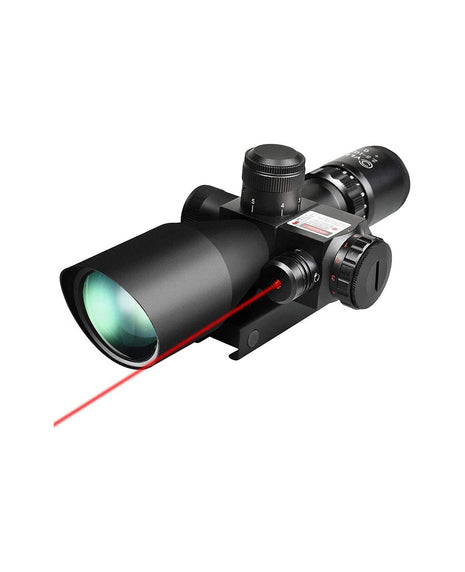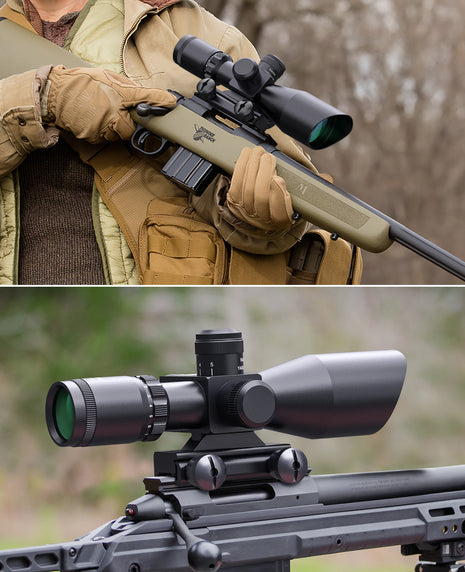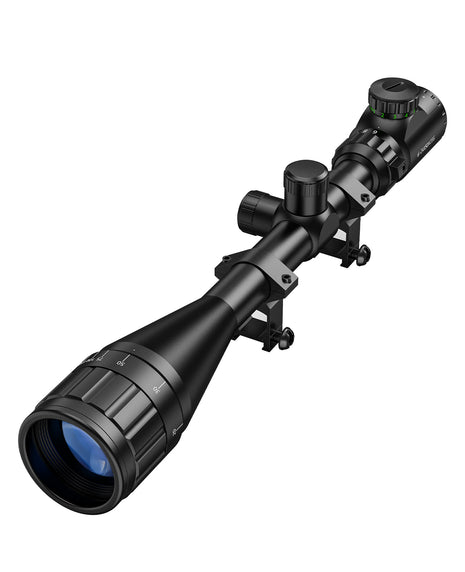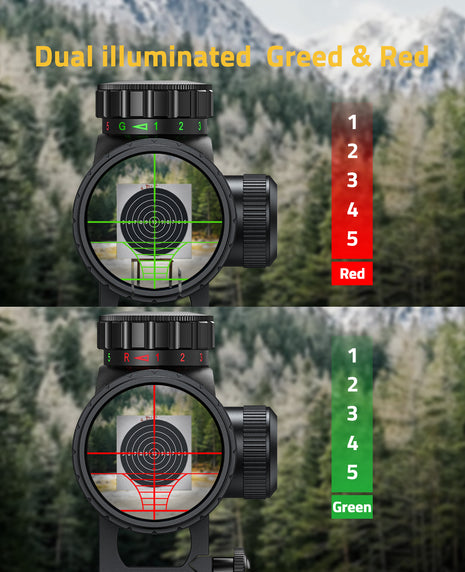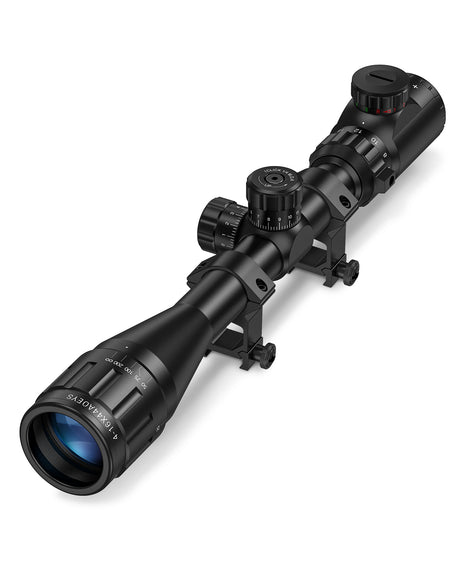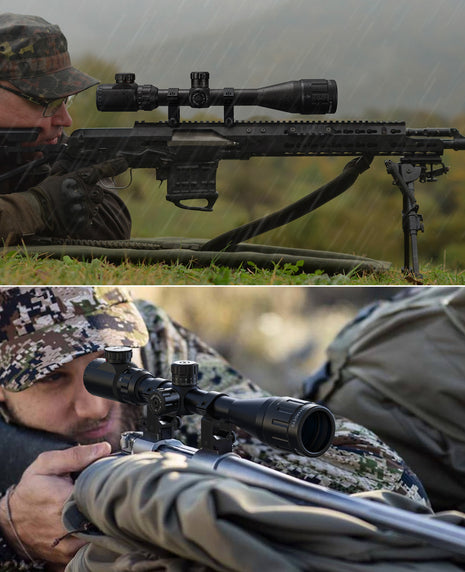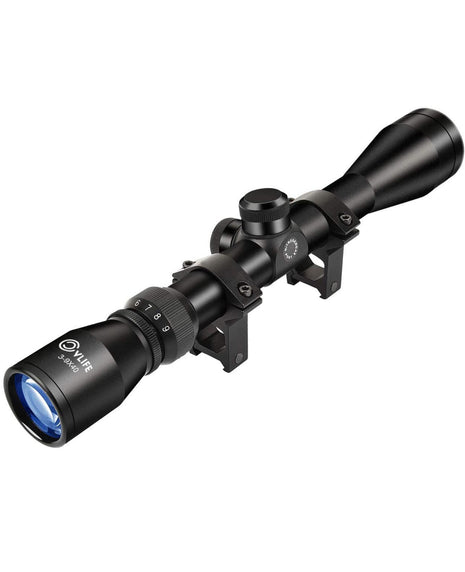Five concepts to consider when buying a Rifle Bipod
- 3 Tiempo mínimo de lectura
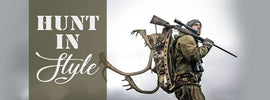
Enthusiasts often use an optical sighting device on most guns and for good reason. Ease in aiming through a scope or a red dot sight completely eliminates a third of the complexity of lining up iron sights. You simply line up your crosshairs or reticle with the target. Also, with the magnified view, your target appears closer. Even those with weak eyesight are able to adjust the reticle focus at the eyepiece (ocular) to suit their eyes for a clear and crisp view. Manufacturers will make what people want. The key is to use the right tool for the job.
The average deer rifle used to sport a 3-9 scope, and for good reason. Power three is low enough, with a large enough exit pupil and field of view for close shots in most applications, and power nine gives you plenty of magnification for longer shots. Giant turrets, lighted reticles, and bubble levels are often a waste, especially the lower priced offerings. The larger the magnification range the more you will pay, but it makes for a more versatile scope.
Scopes gathering light is a myth. They don't. The best of best can offer light transmission of 98%. Anything above 95% is a bonus. Don’t be impressed with light transmission figures, something manufacturers use to boost their numbers.
The simple formula for exit pupil is to divide the objective lens size in millimetres by the magnification. The difference in available light from the larger exit pupil is significant. Lower powered scopes will have a larger range of distance available for a full view. Four inches is ideal and offers enough room for the gun to recoil and not hit your face if you do your job correctly.
Parallax is complicated for most to understand. Put a small mark from a pencil on a table, and put an inch or so of water in a clear drinking glass. Hold the glass an inch over the mark and move it around slightly in different directions. Looking down into the glass, watch the dot move in directions other than where it should be. Most rifle scopes in a medium-high variable power range, which often don't have external parallax adjustments. Just because you get a clear sight picture doesn't mean you are parallax free.
Turrets are sometimes made to be turned with a coin, and sometimes they are finger adjustable. Target turrets are tall, and the clicks are easily seen and felt. Target turrets are most suited to use where not banged around or snagged on gear or brush. Precisely why hunting scopes don't have them, and are much lower in profile. Many scopes have large dials, but with locking adjustments, to prevent their inadvertent movement. Most turrets also have a way to move or remove a turret or portion of a turret to correspond to zero after you sight it with a particular load.
Your scope is at its strongest when your windage and elevation adjustments are in the centre of the available adjustment range. This is called mechanical zero. When you buy, turn the dials all the way one way and then the other, counting how many full and partial turns, then split that number and find the middle. Start there for your adjustments. Many rear bases have windage adjustments. Use them.
Tags
- Compartir en:
- Deel
- Tweet
- Póngale un alfiler.
- Messenger
- Correo electrónico
You May Also Like
Blogs & News
-

, por C V Navigating the Wilderness: Essential Skills Every Hunter Should Know
-

, por C V CVLIFE JackalHowl Red Dot Sight and 3x Magnifier Combo: Enhancing Accuracy and Flexibility
-

, por C V The Necessity of Waterproof and Shockproof Scopes: What You Should Consider
-

, por C V This Christmas, We Celebrate with Blessings and 40% Off!


